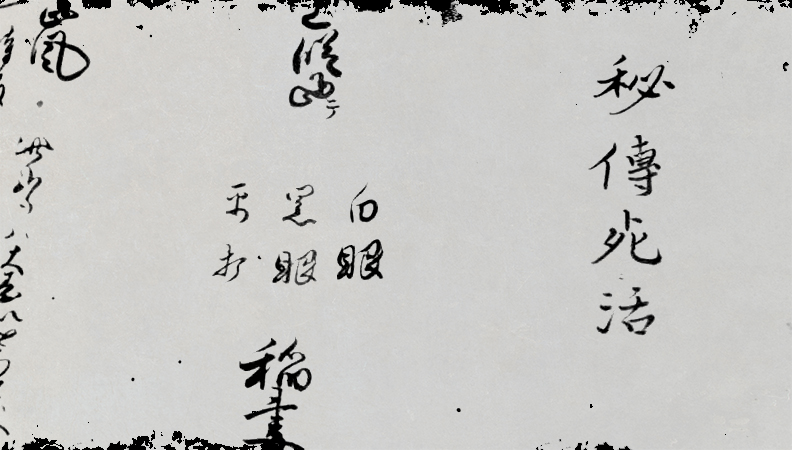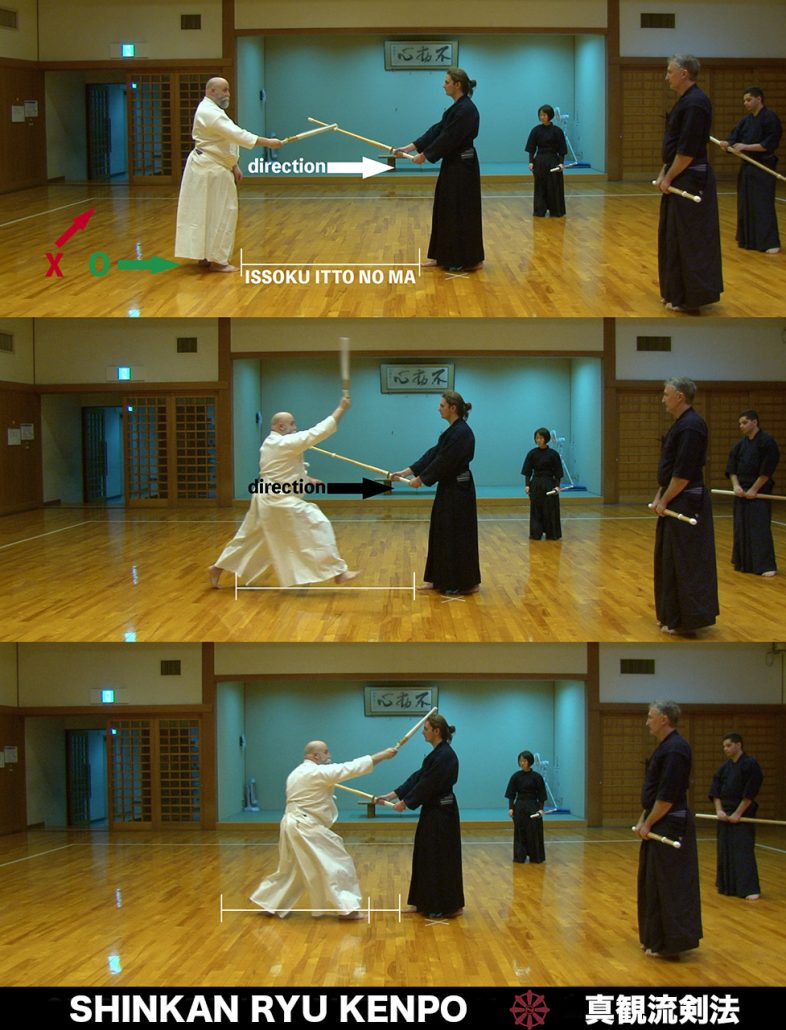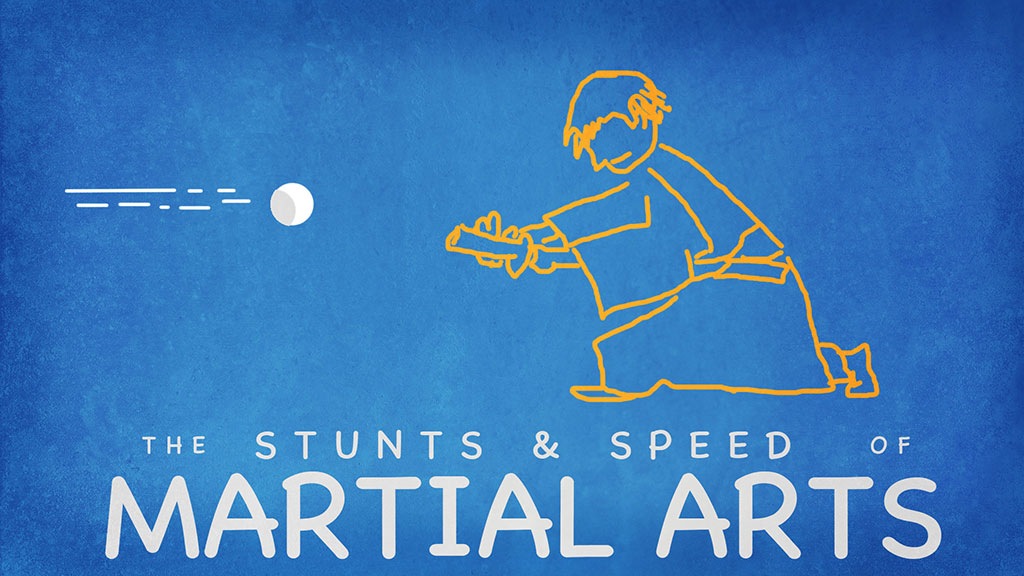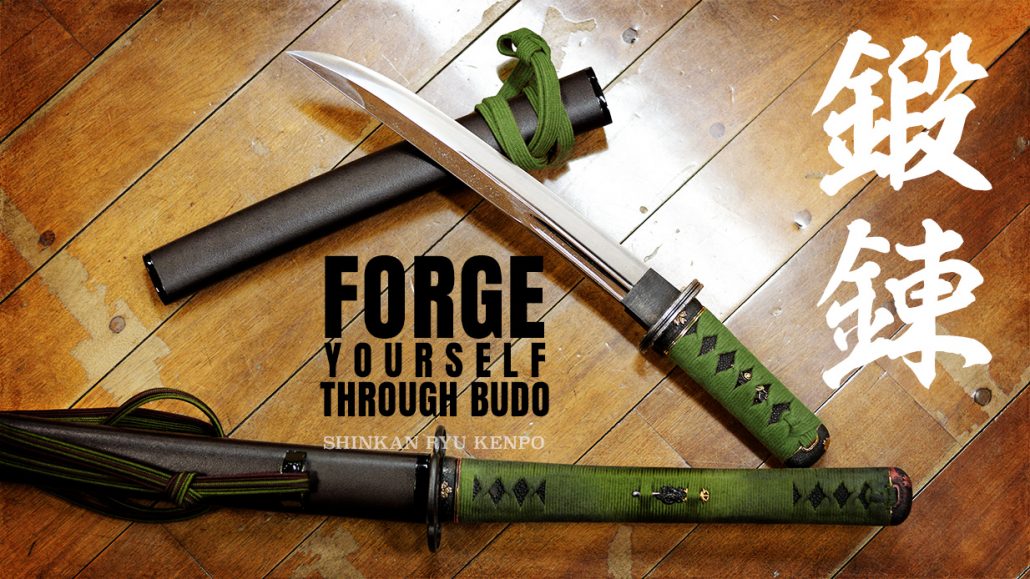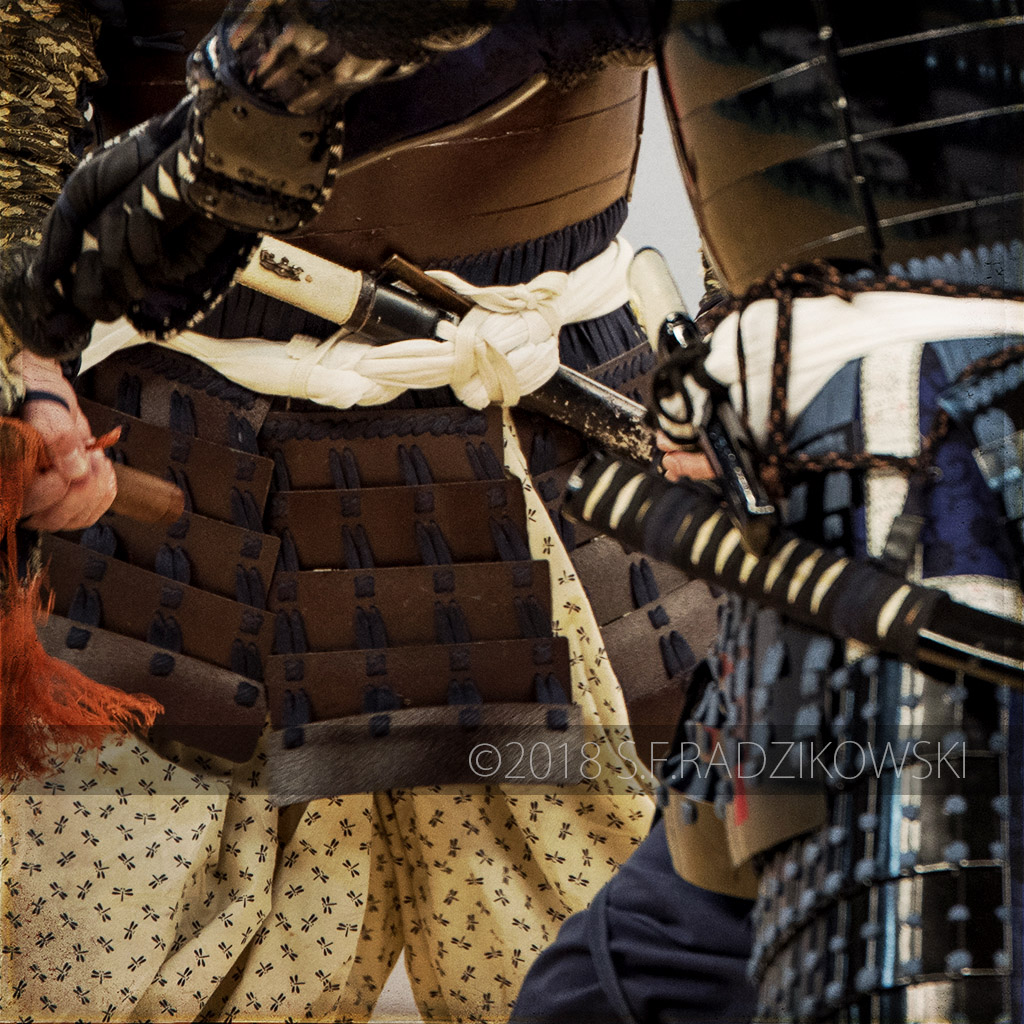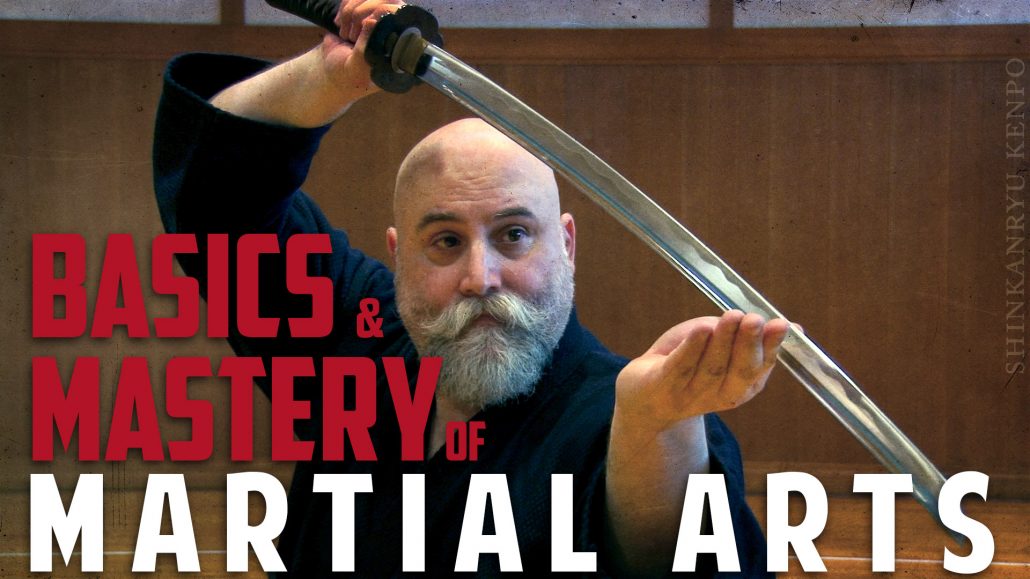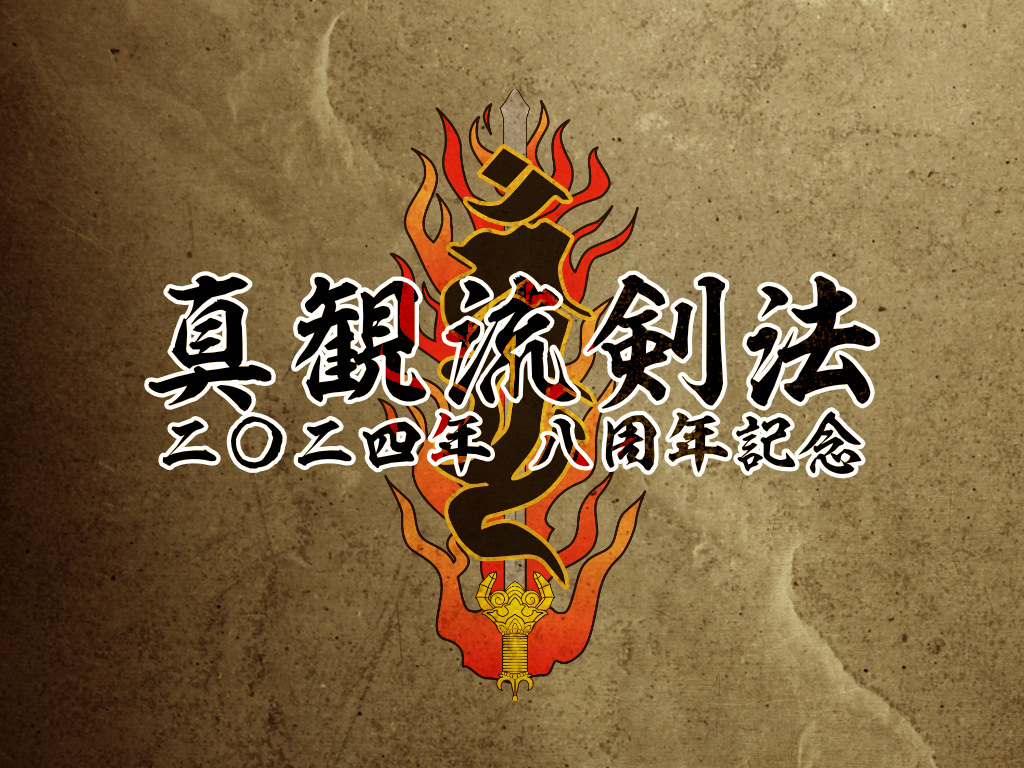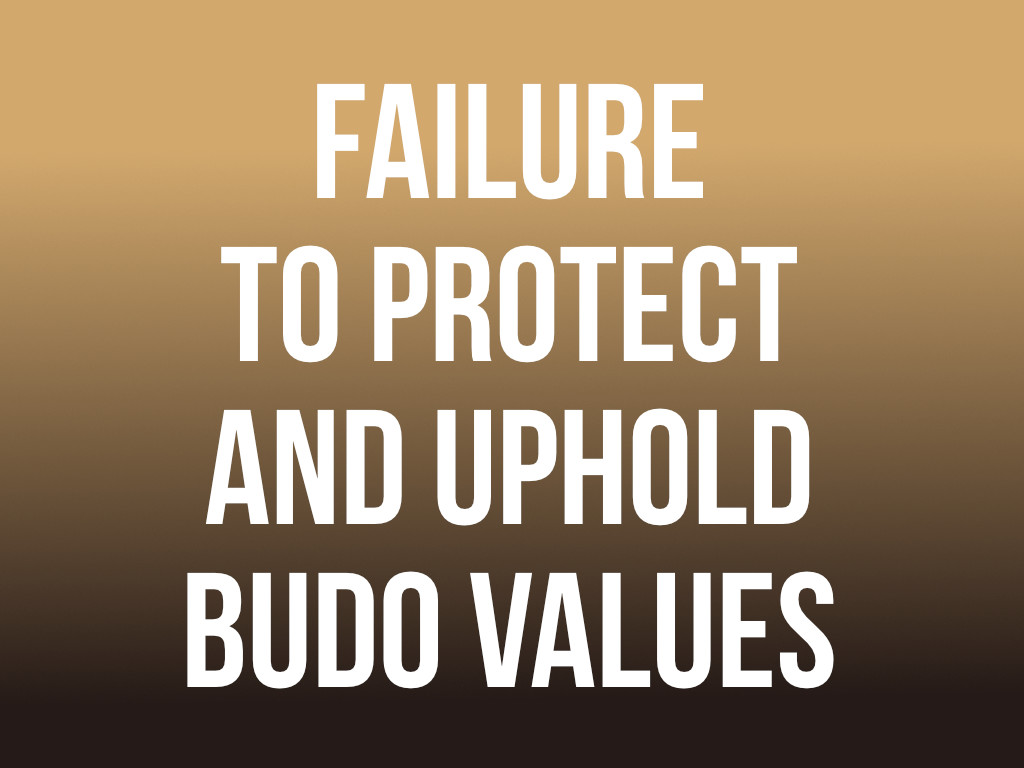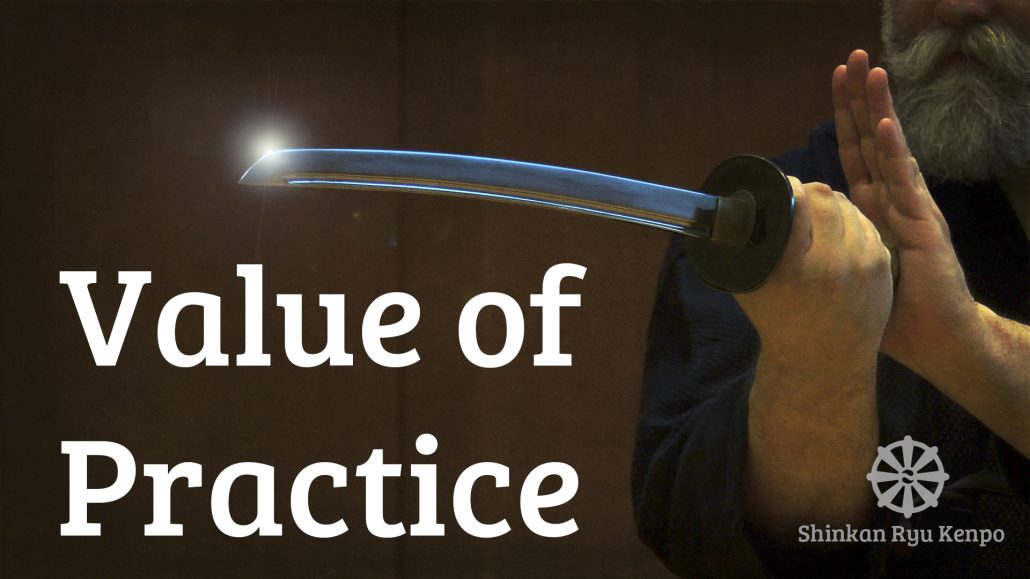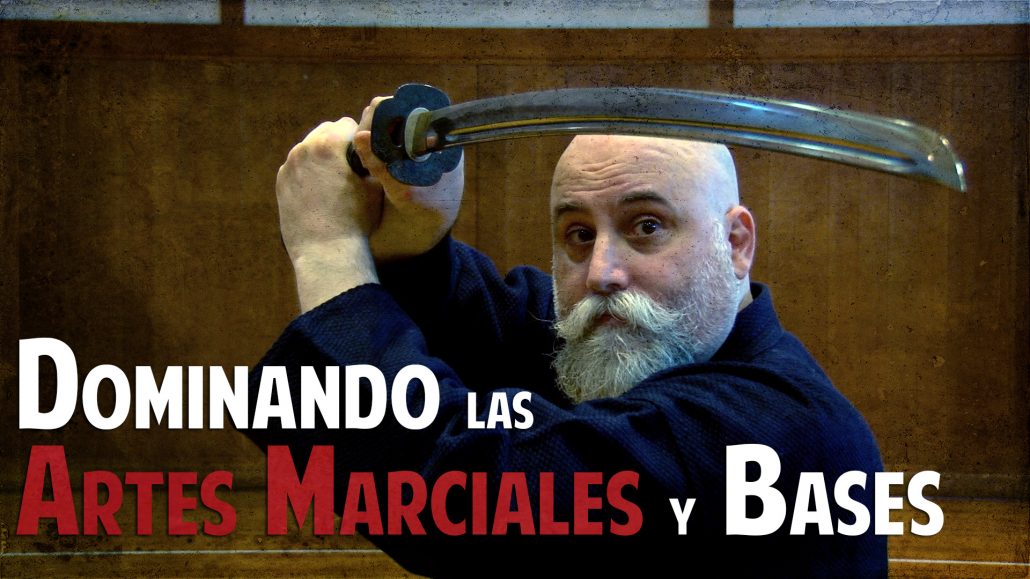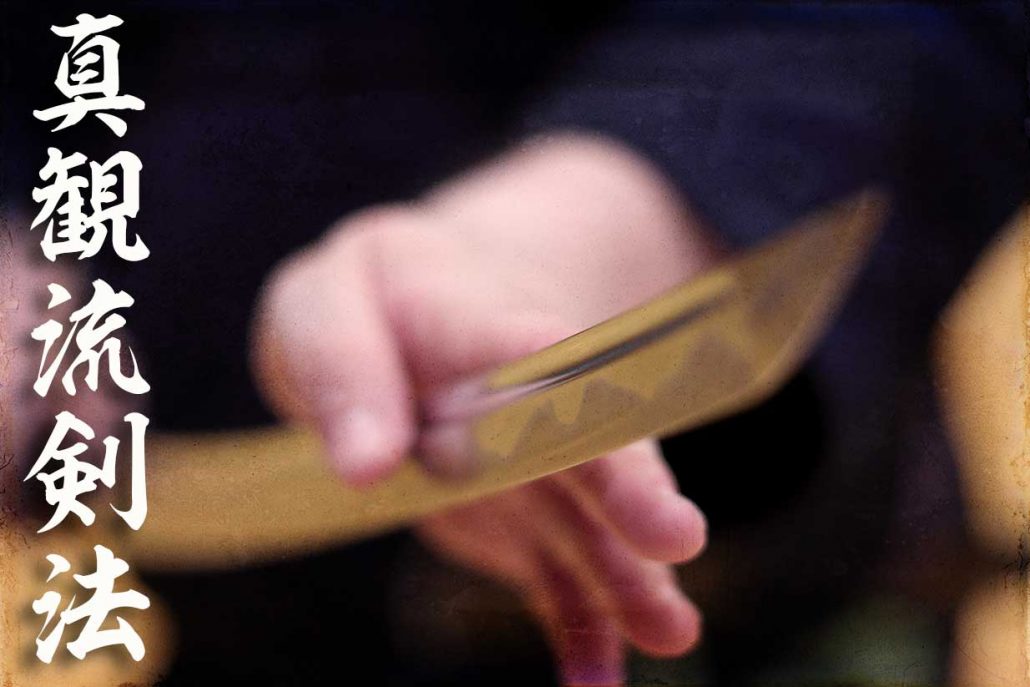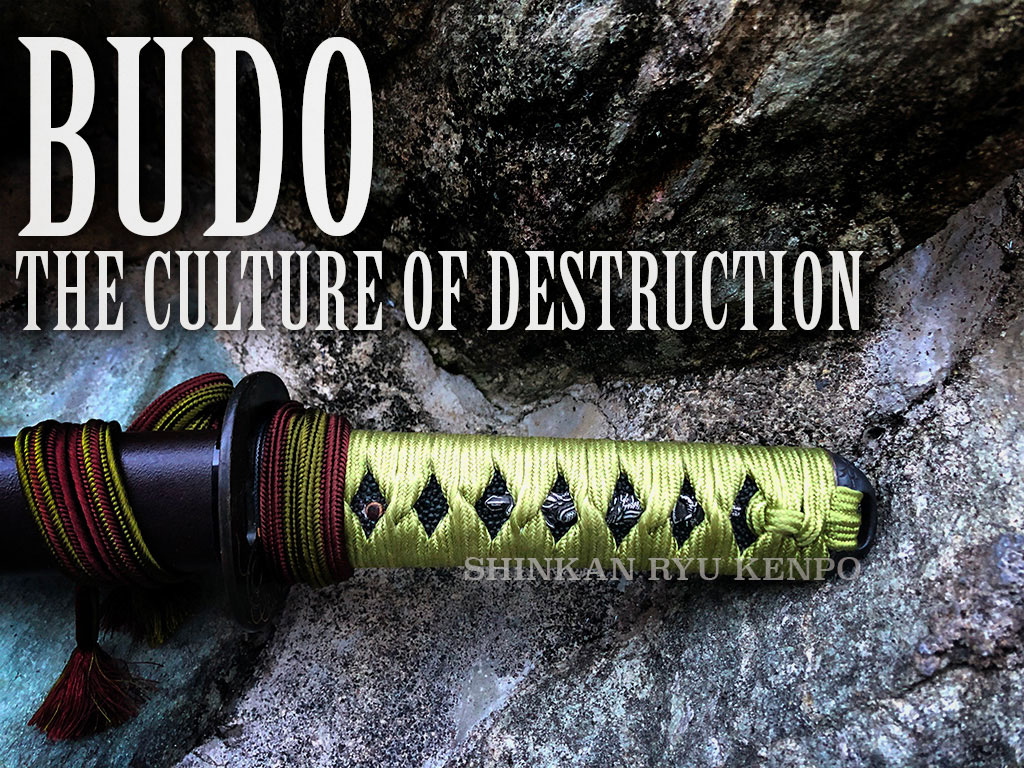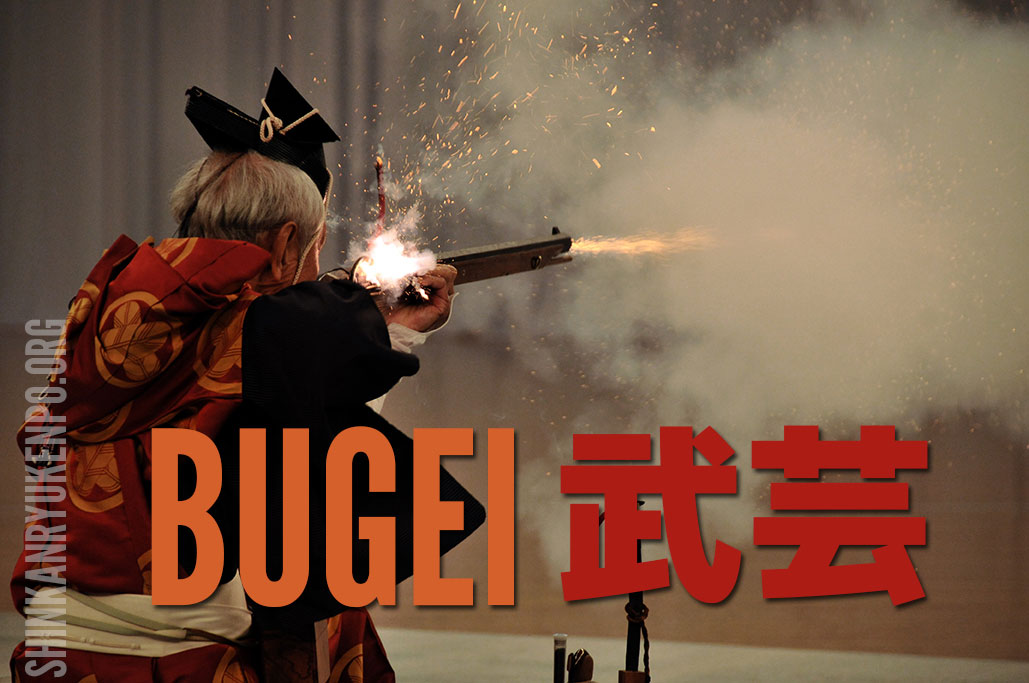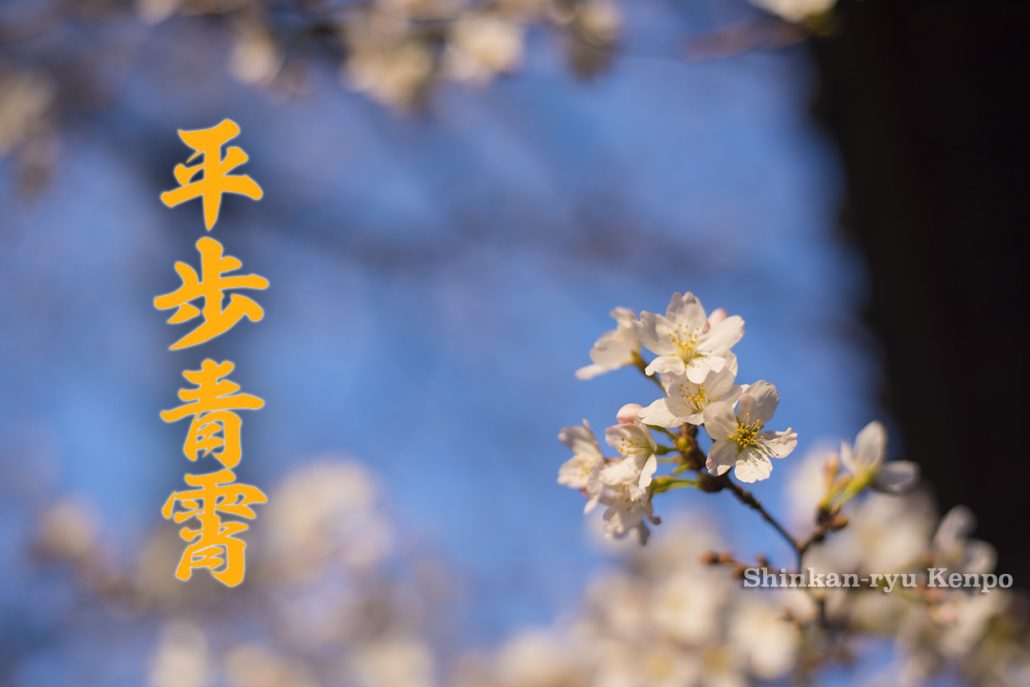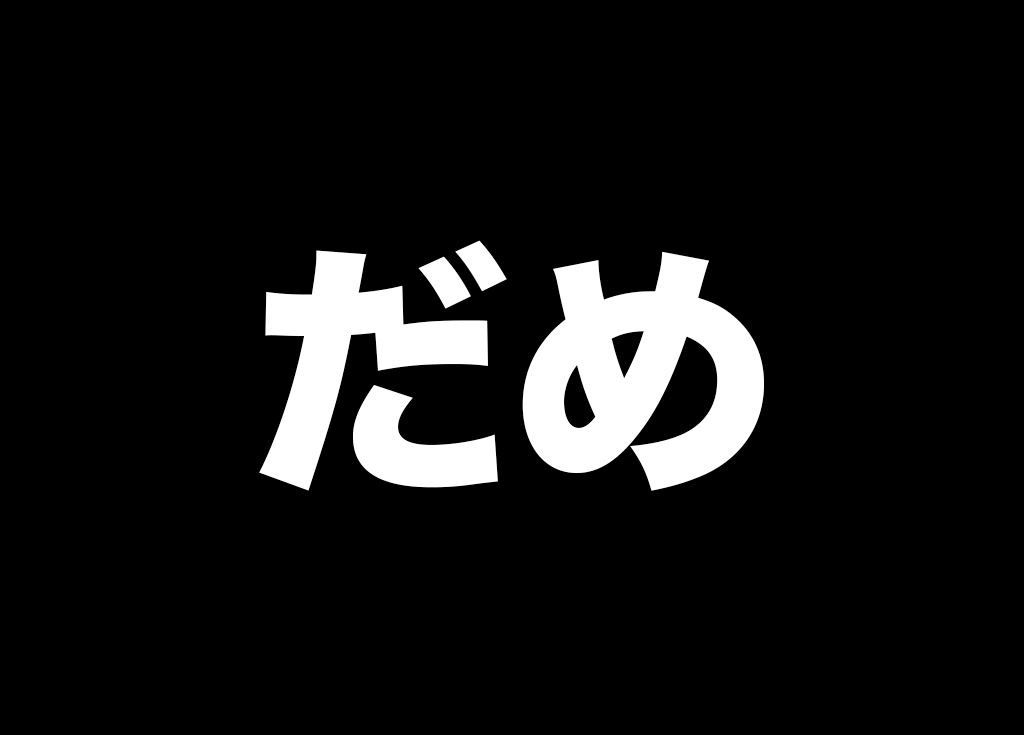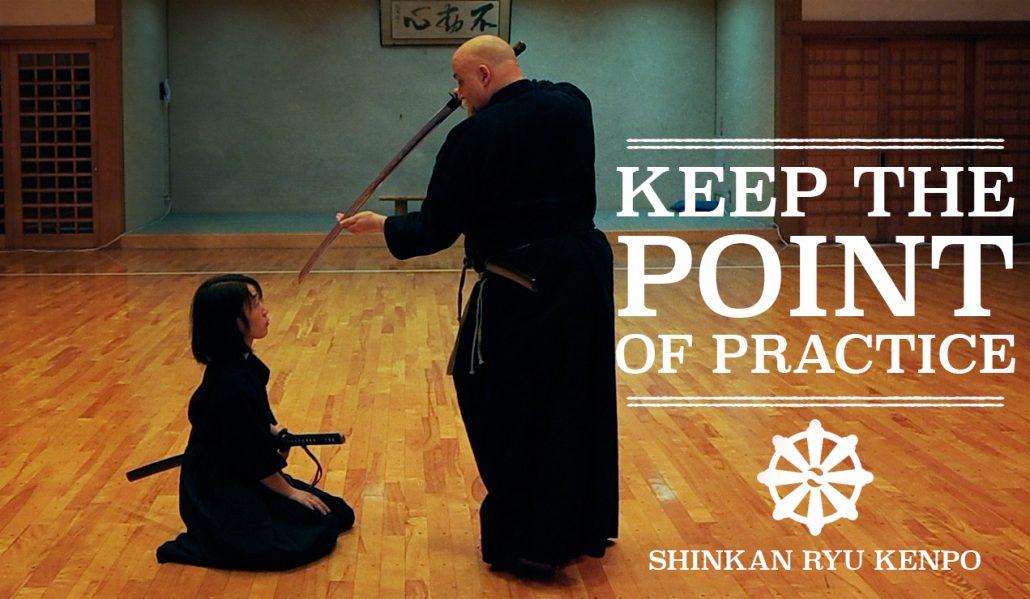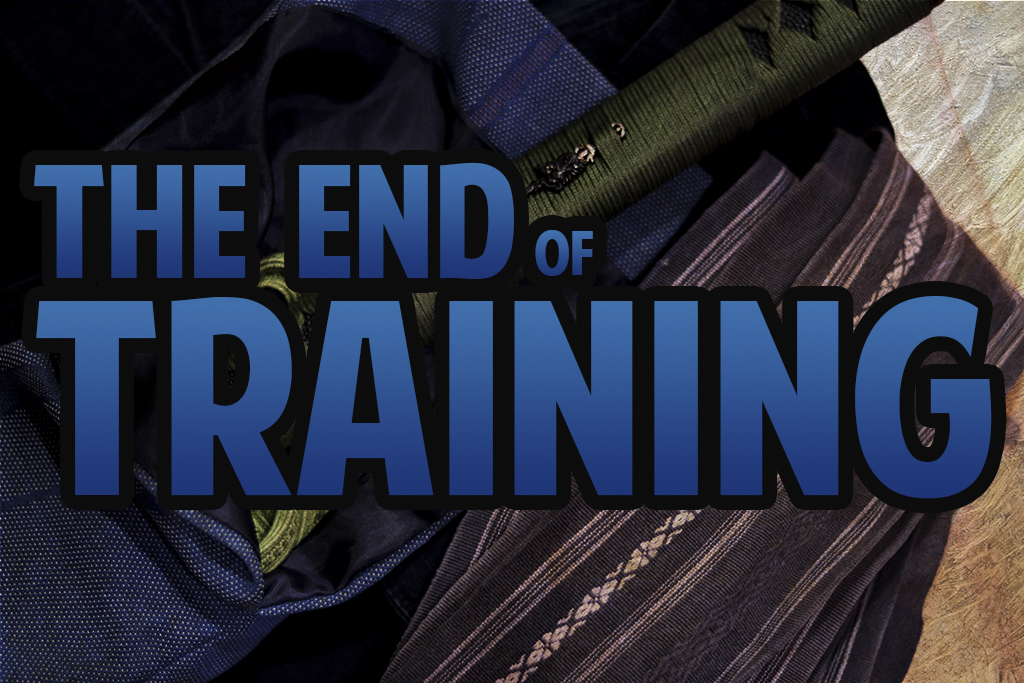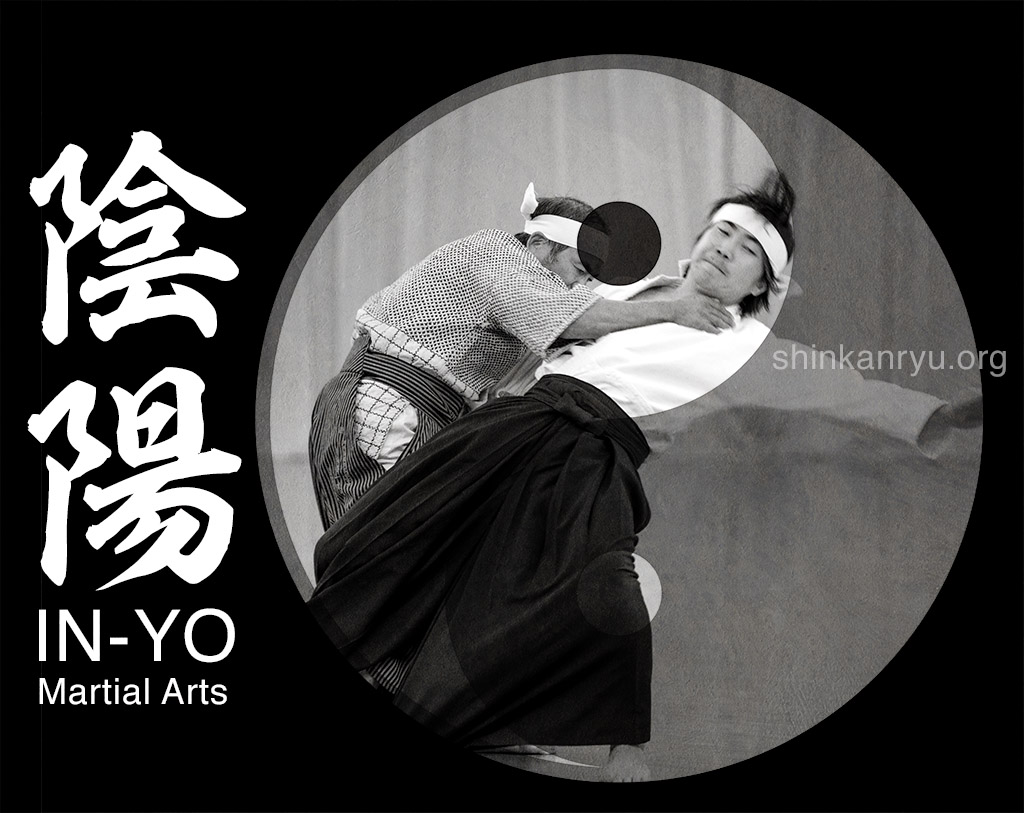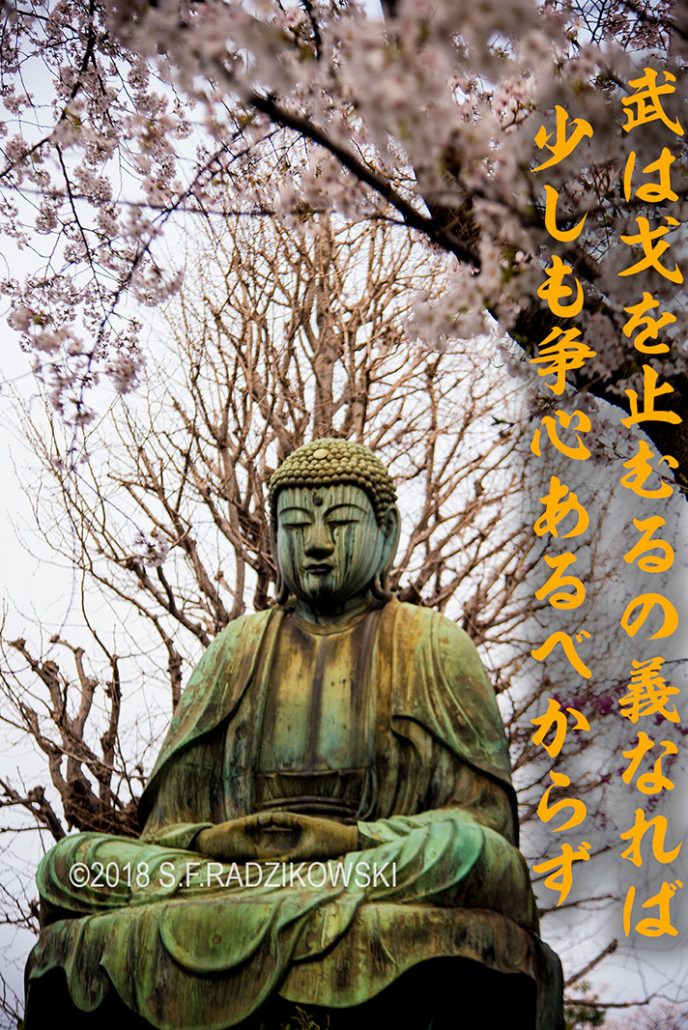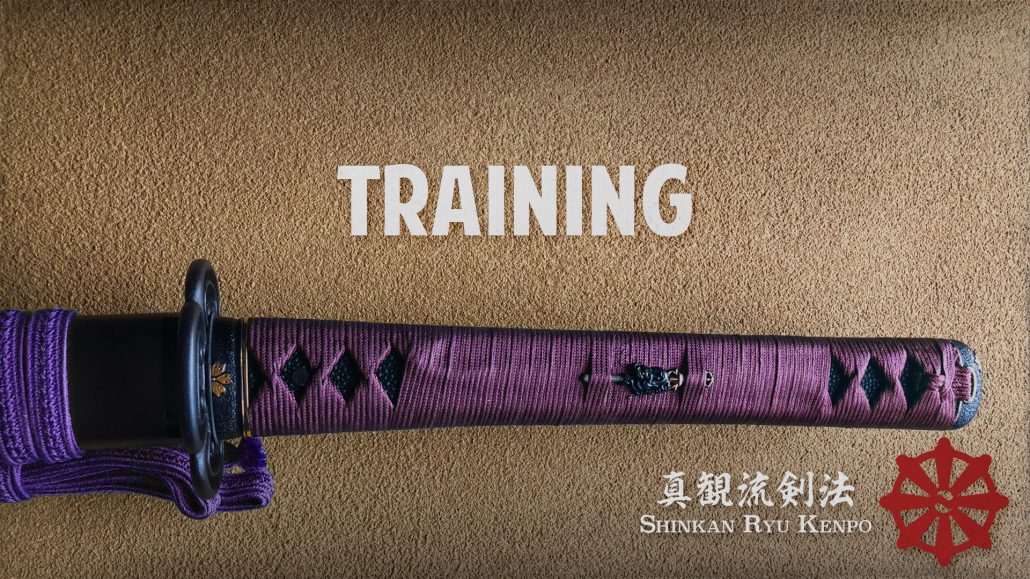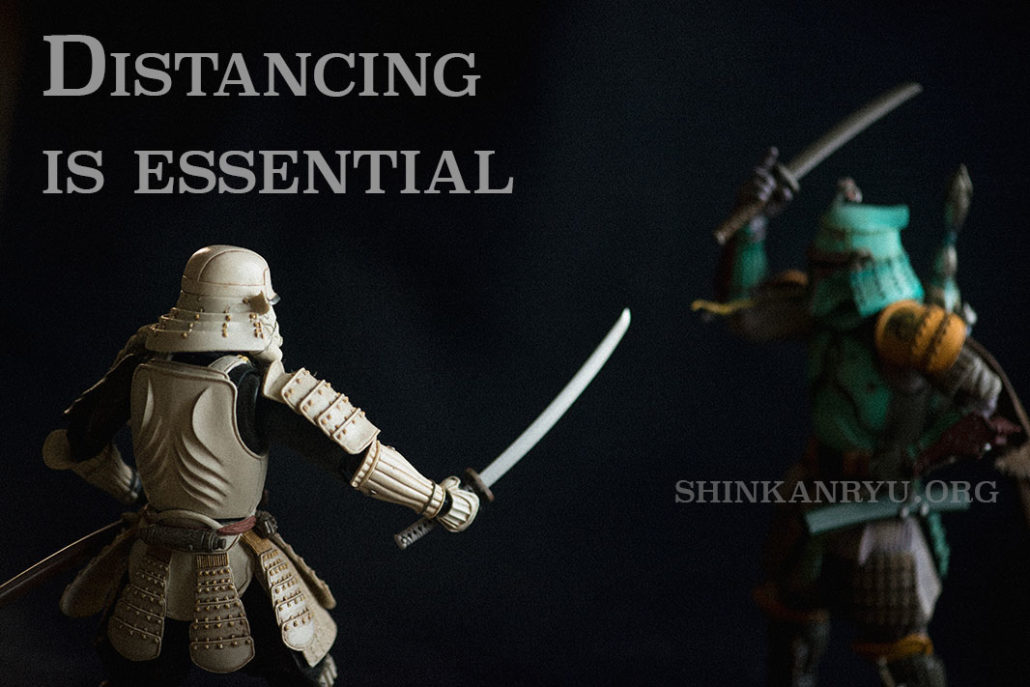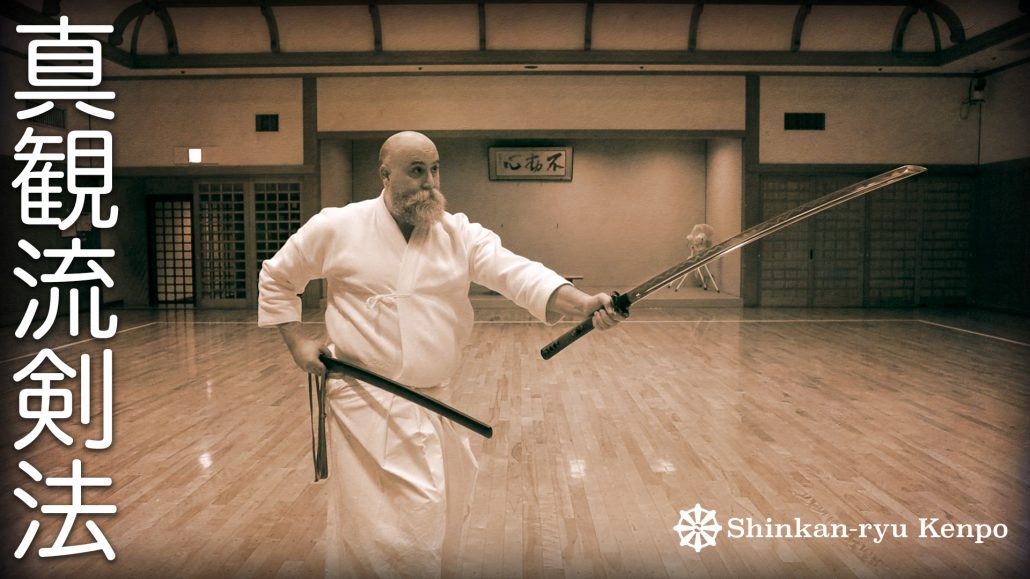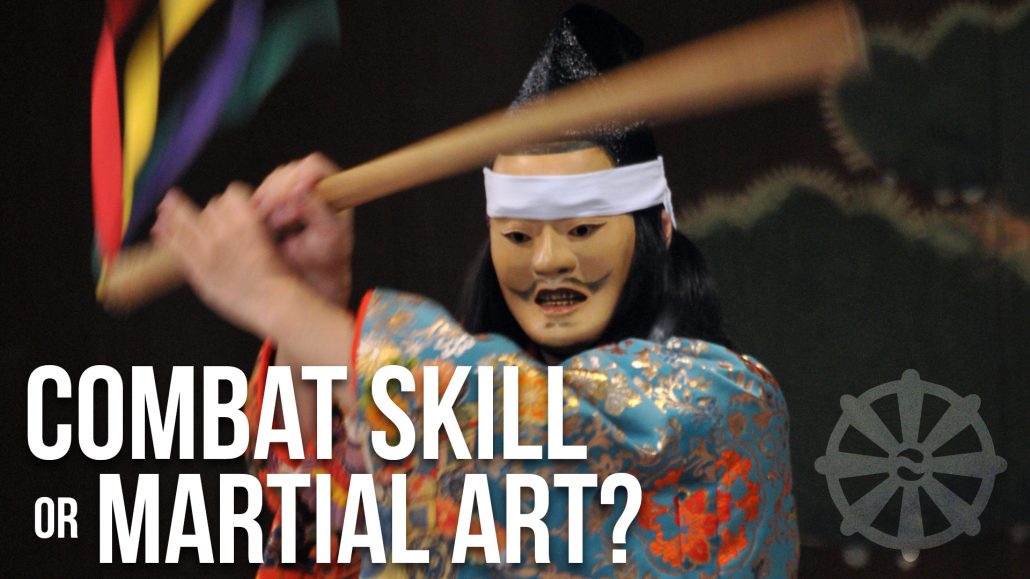免許皆伝 Menkyo Kaiden and Koryu Proliferation
Mention menkyo or menkyo kaiden around some martial artists and looks of admiration abound.
You hear koryū practitioners or people looking for "legitimacy" in koryū talking about the validation of the menkyo kaiden. While it does have its place within koryu and kobujutsu, it is often treated with rose-colored glasses.
What is menkyo kaiden? It is a certificate of complete transmission of the art from the teacher to the recipient. A menkyo is a certificate, and kaiden is the complete transmission (of the art).
While menkyo kaiden and other titles are an accomplishment and should be admired for the recipient's individual achievement, they are also only paper validations from one individual to another. Certificates, including menkyo kaiden, are worth only as much as the person issuing them. That might seem bleak; however, my view is not that menkyo kaiden are worthless but that we have to look at a larger picture and think critically. Neither Menkyo, Soke, nor Koryū are stamps that validate anything as good, real, or authentic. We should perceive these things with a clear understanding and not fall into the rhetoric often portrayed by many, including some koryū practitioners themselves.
Menkyo kaiden, unlike ranking in modern arts, are usually solo affairs. There is no panel of four people, for example, giving out rankings in the koryū arts. It is always the school's headteacher having the ultimate decision to give or not to give any promotions to his students. Soke is also a title worth discussing.
Supply & Demand
These days there is often one menkyo kaiden or very few for each ryu-ha 流派, or system. In koryū new dojo are not truly propagating beyond the honbu (main) dojo. It seems to be the norm rather than the exception. What I find less discussed is that it was not really like this in the Edo period of Japan's martial arts history. Why are classical arts shrinking compared to other arts?
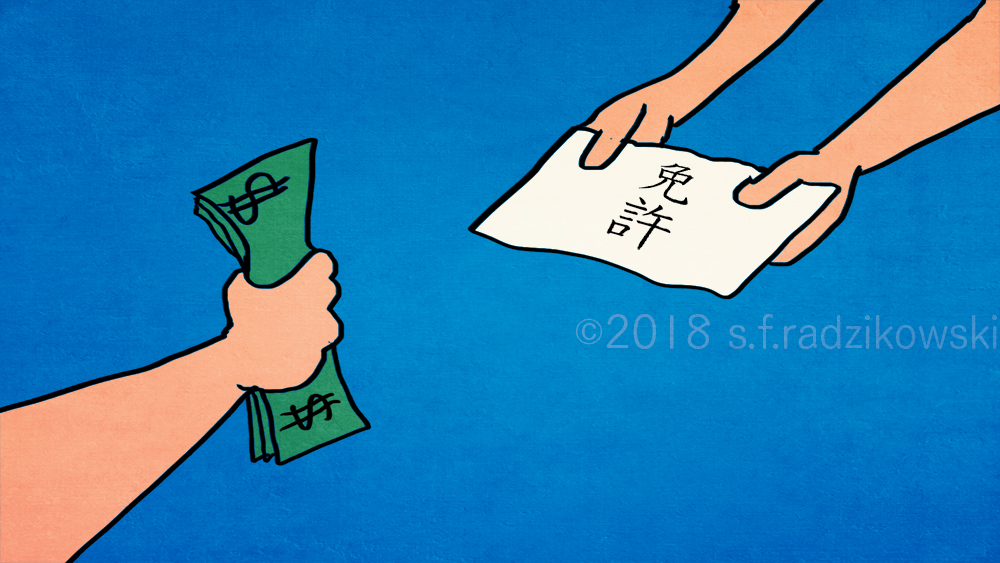
Favors & The Narrow Flow
In the past, people were not always awarded scrolls and certificates commensurate with skill. This happens even today. In these older (koryū) systems, people would study within a few years of dedicated practice leave and open their training centers. It sometimes took five years to receive menkyo kaiden. People could leave the main dojo and open their own training centers even before receiving menkyo kaiden. This is how the arts became popular during the Edo period throughout the Kantō region and Japan itself.
In the modern era, we find a much more tightened and controlled mentality in many Koryū. Why are there so many less menkyo kaiden and system dojo around? Is it economic reasoning? Is it due to there being few candidates in the systems for Menkyo Kaiden? Perhaps it is that among those candidates, they might not have the ambition to teach? Is it that it is just not popular? Could the reason be that the heads of the schools do not want the school to leave their sphere of control? You could argue that the last idea as it regulates the quality. I certainly have a strong impression that it is the control that dictates these systems' lack of movement nowadays. These are interesting questions to ponder.
There are some exceptions to this among koryū. A few schools are trying to establish themselves strongly outside of Japan. Some already have and with great success, such as Tobin Threadgill-sensei head of Takamura-ha Shindō Yōshin Kai. More modernized arts such as karate, judo, and kendo do not suffer from this problem. Is it the popularity or how it is taught or practiced?
The Matters of Size
There is rhetoric is that koryū needs to be small, and once it gets too big, then it degrades the system. Some dojo in the late 1800s within Edo had thousands of students. Historically not all koryū were a simple group of ten students and a teacher. Towards the end of the Edo period, some dojo boasted a student-base in the thousands.
That koryū must be tiny to retain quality is a skewed idea and does not match what historically happened. The need for quality is important. There might be a limit to how many students one teacher can teach well. What is that limit? That is hard to say. Some argue that keeping schools small is the only way to transmit the techniques with quality intact. Do small koryū schools today all have the same quality?. This is easily evidenced by viewing one of the many demonstrations throughout Japan. Of course something can be too big, and with more students comes more difficulty in keeping the quality.
The size might also be due to other factors. There are quite a few Japanese practicing koryū that do not want foreigners to practice the Japanese arts. It is regarded by these myopic martial artists to be their birthrights as Japanese. Once a Japanese koryū practitioner told me that as a foreigner, I could never understand true budō or the Japanese sword's spirit. This discrimination is open knowledge to many Japanese and foreigners practicing here in Japan but rarely talked about openly. I have seen it myself on the internet written in Japanese that only Japanese can join a training hall. Of course, not all Japanese practitioners of koryū feel this way, but enough that you could easily hit one in the head with a shoe if you were to randomly fling one into a crowd of koryū people. I think this is yet another issue that causes the systems to shrink and menkyo kaiden to be withheld.
But, It's Official!
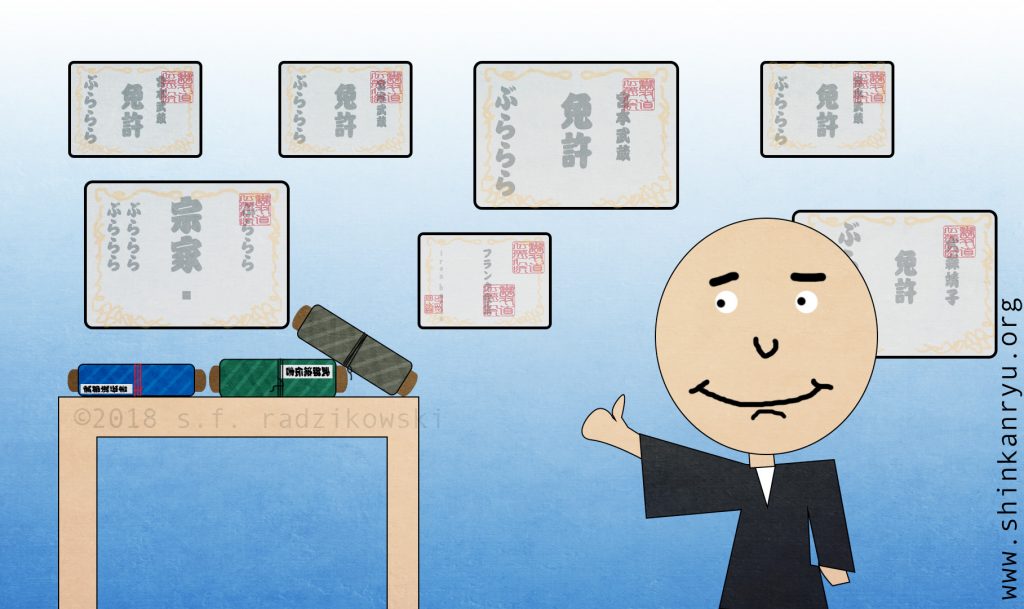
When you meet someone with a menkyo or that has received a scroll from a specific school, it only means their teacher saw fit to give it to them for a myriad of reasons. Skill not always being one of them. I believe these certificates are more private affairs and do not always speak to the skill or moral fiber of the recipient (or giver) of such documents. Documents such as menkyo kaiden were bought and sold throughout the history of martial arts in Japan from the beginning. Many teachers bestowed the school to their sons, whether gifted in the art or inept, to keep the family employed for future generations. As well as teachers having to do favors for others within their domain.
Time To Bake
Does it really take 25 years to earn a menkyo kaiden? As I age, I ask myself more and more why it would take so long to impart knowledge to others. It certainly takes a long time to acquire a certain skill; however, competent martial artists do not need 15 to 20 years under the same teacher to become skilled. Skills continue to grow once out of the oven. We do not need to have these extravagant incubating times with our teachers. Unless, of course, they are purposefully retarding our progress.
Menkyo Kaiden or any rank given to you is not the end, but the beginning. Being awarded a rank of shodan does not really make us shodan. It is only living and training as a shodan that we become one. Once awarded nidan, we now understand the shodan territory. We are able to then truly understand the landscape of shodan once through it. Menkyo kaiden is not the end of the journey either. Frankly, there is no end where you get to sit on the throne and stop figuring things out. It is a constant walk down an endless path. People who fixate on rank and promotion are shallow swimmers. It is fine for the hobbyist but in the end the collection of ranks, awards, and certificates does not equate with a decent martial artist or even person.
We should have a broader and more accepting view of classical Japanese koryū systems and what menkyo kaiden means.
Where To Change Things?
It is my view that it is not the desire for quality that is preventing koryū from thriving but from the actual mishandling of how it is taught and transmitted and grown inside and outside of Japan. My purpose in writing this is to encourage critical thought where I do not see it or not see enough of it.
In Japan, especially such a thought is almost criminal. Going against the grain is not encouraged, nor is it accepted. Many foreigners practicing in koryū get this attitude through osmosis or the misdirected ideas of following their tradition. Many Japanese or non-Japanese koryū practitioners will simply shrug and walk away from people who criticize such things as the ideas I presented in this article. It is a shame as it keeps the same idiotic thinking hampering the development and spread of koryū arts.
The pedigree might and might not mean something. I think searching for the real meaning of budō and not being drowned by the strict ideals of a romanticized past is a good idea. It is my opinion that the lack of menkyo kaiden or demise of many possible menkyo kaiden holders and system expansion is not always from the lack of candidates but in some cases from the stingy minds of the teachers themselves. This is a difficult topic and one that is not so black and white but quite murky. Menkyo kaiden is something to be proud of, but it really depends on how you go tit and who gave it to you and under what circumstances. It just should not be viewed as this golden object untainted by greed and errors of the human heart. There are much better ways to assess a koryu or kobujutsu school and practitioner.
Thank you for taking the time to read my thoughts.

ラジカスキー真照
館長Saneteru Radzikowski is the head sword instructor of Shinkan-ryū Kenpō. He lives and teaches Iaijutsu and Kenjutsu from Nara, Japan.
©2018 S.F. Radzikowski
Maai Combative Spacing
Maai 間合い Combative spacing or maai is important to investigate early on and come to...
Speed, Martial Arts and Samurai Theater
What’s the difference between bugei 武芸 (martial arts) demonstrations and stunts? People are awed by...
Forge Yourself Through True Budo
You can jump and twirl around and whip about your sword as quick as you...
Martial Arts Creator Origin Myths of Japan
Japanese Koryū Creator myths; becoming enlightened and making up a whole martial arts system. Some...
Mastering The Martial Arts and Basics
I will be talking about basics and mastery. Before I begin, I want to say...
Reflections on 31 Years of Martial Arts and 8 Years of Shinkan-ryū Kenpō
不動心 (Fudōshin) – The Immovable Mind As I mark 31 years of practicing martial arts...
When Protectors Become Perpetrators: Martial Arts Community Failures
Recently, a martial arts instructor (Budo Teacher) faced defamatory accusations in a public forum. A...
What Value Is In Martial Arts Training?
Someone asked, “What value is there in martial arts training?” I reflected, what do I...
Dominando las Artes Marciales y las Bases
Hablaré acerca de bases y dominio. Antes de comenzar, quiero decir que usaré la palabra...
Narrow Minds Walk Narrow Paths
Narrow Minds Walk Narrow Paths There are a lot of martial arts to enjoy. There...
Budo: The Culture of Destruction
The desire to destroy is within us all. We must overcome this urge to tear...
What does Bugei mean?
Bugei translates as Martial art, Military arts, or Arts of war. Bu 武 means warrior...
Equanimity Of A Bushi
Under the big blue sky, Walk with purpose. せいしょうにへいほうす。青空をすたすた歩く。 Move towards your difficulties (or life...
Budo Don’t
Don’t be in love with your weapon. Don’t be in love with your uniform. Don’t...
The Point of Iaido & Tame
Pardon the pun, but the point of iaido is important to keep. When we practice...
The End of Training & Boredom In Martial Arts
Budō Is Limitless When does training end? When do we become a master? The short...
Secrets of Swordsmanship: In-yō. Ying & Yang
I wanted to talk about IN-YŌ 陰陽, or more commonly known as yin & yang....
The Mind According to Saito Yakuro of Shintō Munen Ryū 斎藤弥九郎神道無念流
「武は戈を止むるの義なれば少しも争心あるべからず」斎藤弥九郎神道無念流練兵館 斎藤弥九郎 Saito Yakuro, Shindō Munen Ryu instructor of the famous Renpeikan in Edo once...
How To Avoid Training Pitfalls In Martial Arts
Beware The Rabbit Holes. I want to talk about some pitfalls of martial arts training....
Covid-19 Corona Virus And Martial Arts
Bujutsu Thoughts
Training in iaijutsu (or any bujutsu) means doing the same thing over and over and...
Are Combat Skill, Self Defense & Martial Art The Same?
Why make the distinction between martial art and combat skill? I believe that combat skills...


